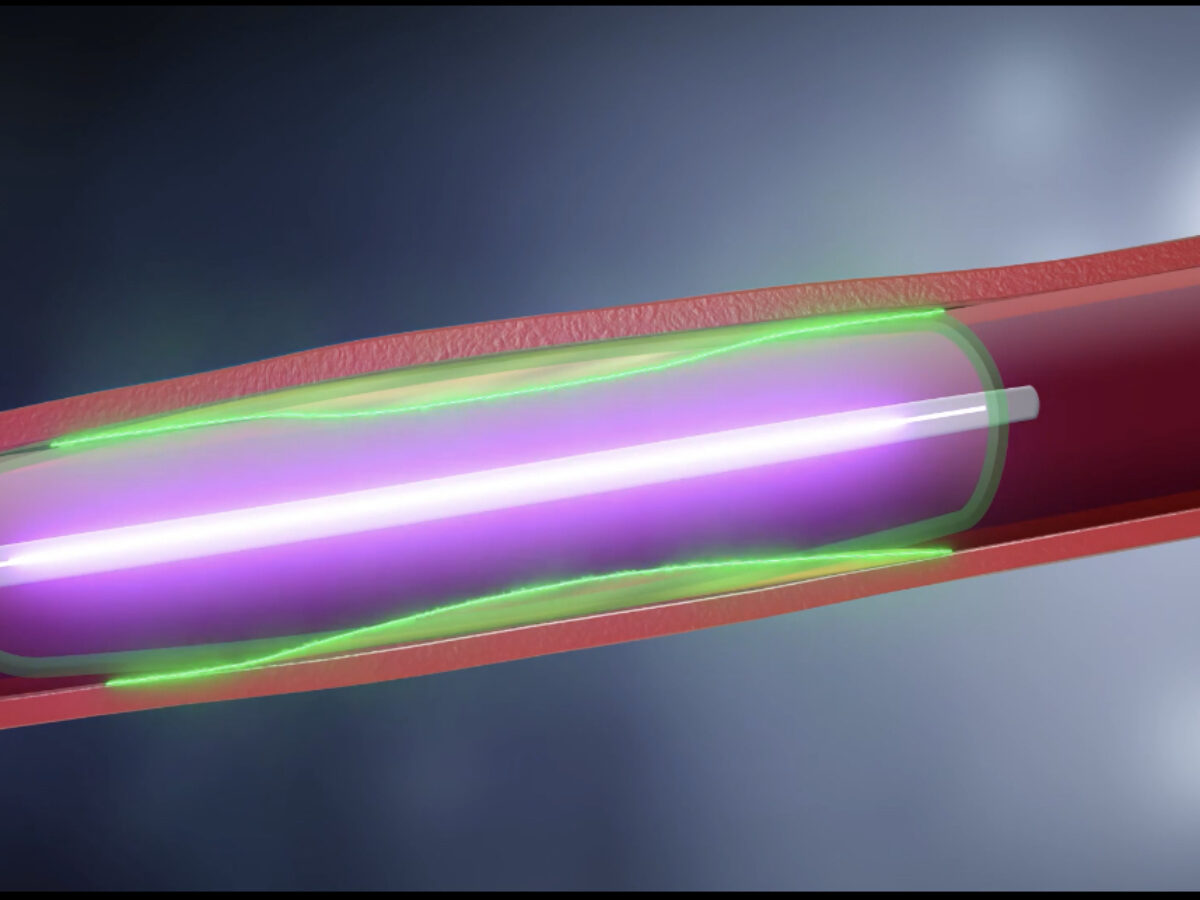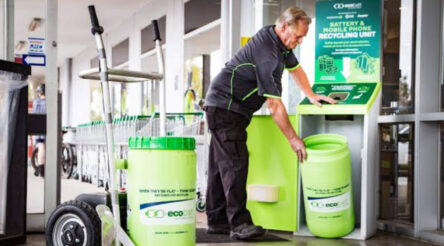New Australian drug delivered by balloon to patients

A new Australian-made medical device, a balloon for drug delivery for atherosclerosis sufferers, is moving closer to commercialisation.
Balloon angioplasty involves inflating a small balloon inside a clogged artery to reopen it. Current methods use a balloon coating called paclitaxel to prevent an artery from re-narrowing, though recent studies have shown negative side-effects from this.
The device developed by Monash University’s Eastern Health Clinical School and named Lumi-Solve, uses a light-activated drug coating as an alternative. According to a statement from the university, the team is “now working on further development and evaluation of the device, with a view to application.” It is designed to target the affected site and is activated by UV light.
“Under the existing angioplasty procedure, when you open a balloon that’s coated with a drug a lot of it showers off and travels into the blood vessel down the leg, potentially causing reactions away from the intended area,” said Associate Professor Anthony Dear, who is leading the project.
“With our system, the drug is not active until the balloon is open and touching the vessel wall at the affected site and then exposed to light, potentially significantly reducing local and systemic toxicity.
“Tens of thousands of people undergo a balloon angioplasty each year, so the benefits of this new technique are potentially enormous.”
Picture: Monash
Subscribe to our free @AuManufacturing newsletter here.
Topics Manufacturing News
@aumanufacturing Sections
Analysis and Commentary Awards Defence Manufacturing News Podcast Technology Videos










